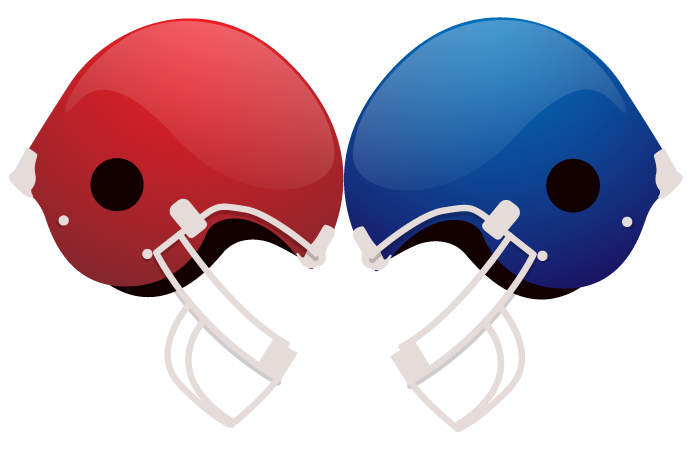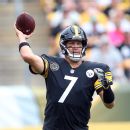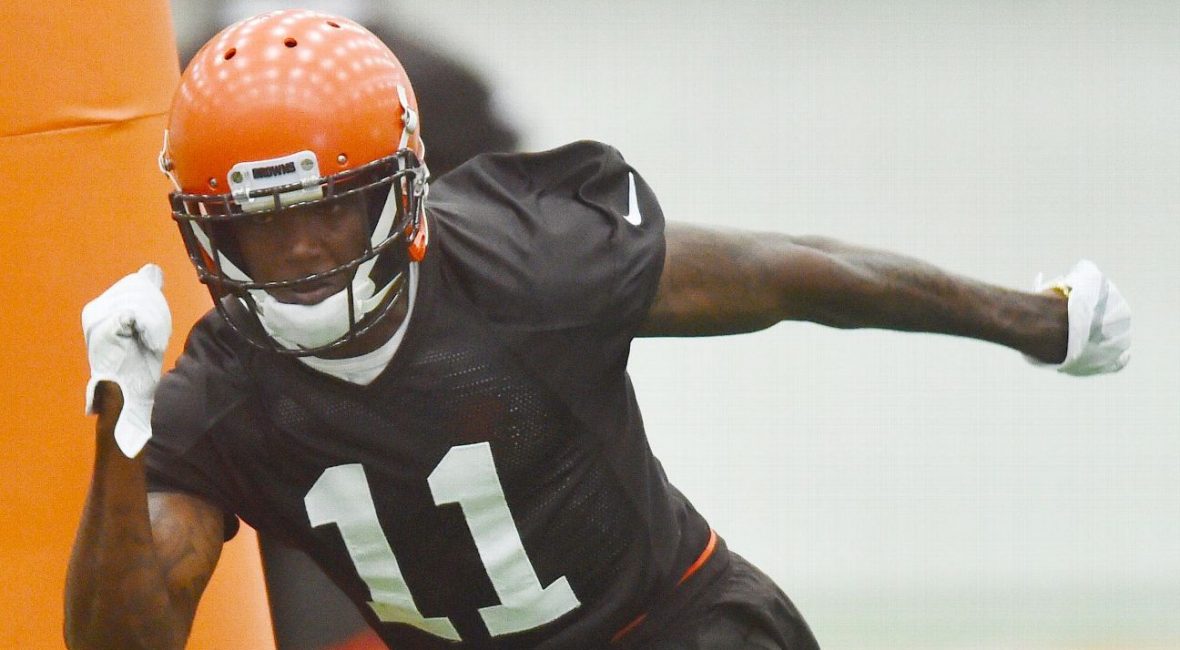PITTSBURGH — Mason Rudolph has no hard feelings over Ben Roethlisberger’s comments.
Roethlisberger on Friday told radio station 93.7 The Fan that he was surprised the Pittsburgh Steelers selected Rudolph in the third round over players who can “help this team now,” and he hedged when asked about playing any sort of mentor role.
Appearing on NFL Network over the weekend, Rudolph seemed to understand Roethlisberger’s perspective.
“If I was Ben, I’d probably say the same thing,” the former Oklahoma State quarterback said on the network’s “Path To The Draft” broadcast. “He’s a competitor. Obviously, he has a lot of confidence in himself, like I do. And, yeah, he’s going to be a future Hall of Famer, and I would expect him to say that. So I’m just looking forward to going in there and learning the system, competing, raising my level of play, preparing like I’m the starter even though obviously I won’t be the starter and just waiting and being prepared for whenever I get my time. Whenever my time comes, to be ready and take advantage of it.”

Quarterback Ben Roethlisberger was surprised the Steelers selected Mason Rudolph in the third round of last week’s draft. Roethlisberger had informed management early in the offseason that he planned to play at least three more years.
-
They can’t all be franchise quarterbacks, but six teams hope they’ve found one. Here’s why they believe they’ve picked the right guy.

Baker Mayfield insists there will be no tension between himself and Tyrod Taylor in the competition for the Browns’ starting quarterback job.
2 Related
The Steelers traded up three spots to select Rudolph No. 76 overall, with general manager Kevin Colbert touting the former Oklahoma State star as a first-round talent.
Roethlisberger, 36, told the team this offseason that he planned to play three-to-five more seasons, and the Steelers hope he continues to start games for them while viewing Rudolph as a viable option for the future at quarterback.
The 14-year starter said he wondered whether the team believed his commitment since they drafted a quarterback in the third round. The Steelers also took quarterback Josh Dobbs in the fourth round of the 2017 draft.
“I was surprised when they took a quarterback because I thought that maybe in the third round, you know, you can get some really good football players that can help this team now,” Roethlisberger said. “Nothing against Mason — I think he’s a great football player. I don’t know him personally, but I’m sure he’s a great kid. I just don’t know how backing up or being a third [stringer] — well, who knows where he’s going to fall on the depth chart — helps us win now. But, you know, that’s not my decision to make. That’s on the coaches and the GM and the owner and those kind of things. If they think he can help our team, so be it, but I was a little surprised.”
Roethlisberger added that he won’t be required to help Rudolph much since the rookie “said he doesn’t need me,” playing off Rudolph’s comments to the Pittsburgh media after being drafted that it’s his job to learn, not Roethlisberger’s job to teach him.
Roethlisberger respected the talent of receiver Martavis Bryant, who was shipped to Oakland in a trade for the draft selection that facilitated the Rudolph move. That’s one reason Roethlisberger might be stressing the win-now theme, though the Steelers went receiver in the second round, selecting Rudolph’s playmaking teammate James Washington.
Roethlisberger flirted with retirement last offseason but sounds ready to play for the Steelers into his 40s. Rudolph — who broke passing records at Oklahoma State with 13,618 yards in the air — sounds ready to be patient.






